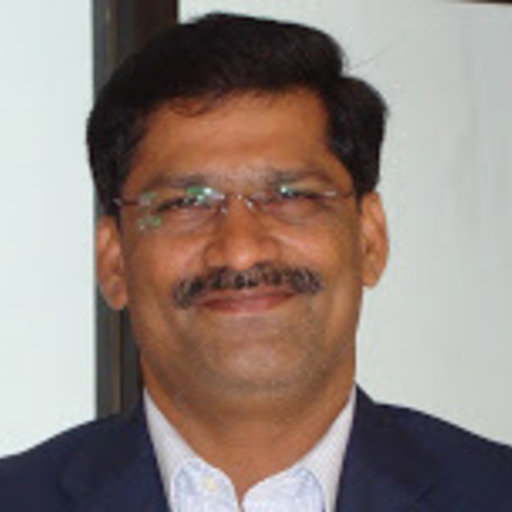.jpg)

Dr. Babasaheb V. Tandale
MD (PSM) Scientist F & Group Leader Epidemiology, Group ICMR-NIV
Q1
For how long we need to carry out social distance and hand washing measures
BT: Social distancing is a measure that is applied so as not to halt but slow down the transmission and spread in community. It is usually applied at the hint of likelihood of wider community transmission following lack or lapse of implementation activities for containment of transmission from early cases to their close contacts. Because this threatens the faster and wider community transmission. This is usually applied for 14 days (2 weeks). This is to cover maximum incubation period and usually works if there is a single time exposure to stop chain of infection. Usually these types of measures would be extended further based on the situation assessment for transmission intensity.
Hand washing measures need to be continued longer as a routine in practice. This is the most important and very effective measure that could be helpful at home, workplace and clinical settings.
Q2
When would we be able to say that the danger has passed.
BT: It is difficult to comment. This is possible to have limited undetectable transmission continued without being able to detect and take measures. A good sensitive and effective transmission tracking requires to be implemented and assured that the infections are not happening until twice the maximum incubation period. Maximum incubation period is 14 days as per the evidence available. However, it could be beyond this, may be up to 21 days in some patients. Thus, we need to assure that infection did not occur twice the period indicated above.
Q3
Is curtailing all routine Ophthalmology OPDs a sensible and useful step?
BT: Not really. However, all personal protection measures, including especially the goggles if there is likely aerosol generation in procedures. Ophthalmology practice needs closeness in examination and therefore needs best possible protection. It is reported that even asymptomatic subjects could harbour and transmit virus in pre-symptomatic phase which will be a risk to practitioner. Additionally, the usual routine exhalation is postulated to be able to transmit although there is no evident cough, sneeze, expectoration associated with illness. Therefore, it will be important to exercise the utmost care and practice infection control meticulously. In this aspect, at least those with reported illness can avoided in practice / clinic, triaged at / before entry, attended earliest, by designated assigned staff, and separately using all PPE, etc can be helpful.
Q4
Should elective surgeries be stopped? For how long?
BT: It is the decision by individual practitioner based on risk assessment, situation in the area and available protection measures / practices.
Q5
Where to contact in case there is a suspected patient? You said to the nearest government health care authority
BT: The State, District and Local / Municipal Health authorities need to be approached for the same. The patients can approach the clinics established.
Q6
How long should contacts of suspect follow home quarantine?
BT: At least 14 days. Maximum could be 28 days.
Q7
What are the chances that health care providers shall be affected?
BT: HCPs can get affected while in interactions with patients, examination, procedures and otherwise in hospital environment that is likely to have virus.
Q8
How long would this shut down be needed ?
BT: Minimum 2 weeks. It can be extended further based on situation.
Q9
Would this become a recurring affair?
BT: May be. It may establish endemicity following the epidemic based on numbers of people who are already infected or susceptible following epidemic. It will likely infect over 60-70% people.
Interview Taken By

Dr. Parikshit Gogate
Member Scientific Committee AIOS
